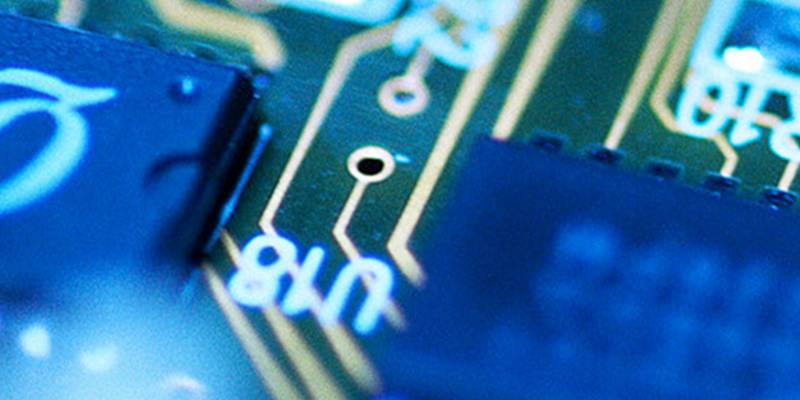- August 23, 2022
Etching is a process used to remove surface layers from a material (known as substrate/wafer). The process involves using a liquid (etchant) or reactive gas, which removes the desired layers while a masking layer protects the wanted layers. Additionally, the process majorly has two types known as wet etching and dry etching.
This article will explain both types, the difference between dry etching vs. wet etching, the factors to consider when picking between both types, and everything else you need to know about these etching methods.
Factors to Consider When Picking Etching Method
Picking the etching method to use in removing surfaces off a particular material is a process that requires careful consideration. Hence, there are some parameters machinists would consider before picking a particular method to use. We’ve highlighted three of them below.
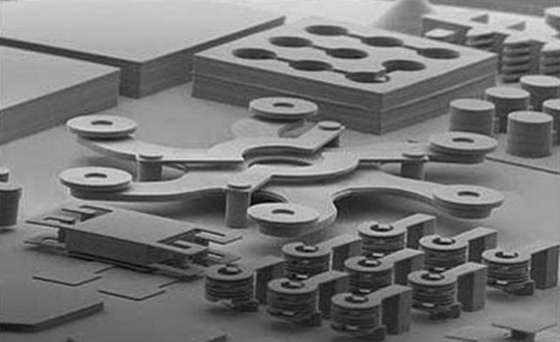
1. Selectivity
Selectivity compares the etch rate of the reactive gas or liquid and the wafer/substrate. It is the ratio of the etch rates of both materials. Also, it could mean the affinity of the reactive gas or liquid to attack either the undesired layer only or both the undesired layer and the desired layers. This parameter is very important as it helps to determine if the mask will outlast the etching material to prevent the liquid or reactive gas from attacking the desired part.
2. Etching Rate
The etching rate is the thickness of the material etched per unit time. A synonym for it is the etching speed. Operators measure this in nanometers per min (nm/min) or micrometers per minute (µm/min).
3. Etching Uniformity
This is important when the etching process will serve a large batch of material. It could also be used to compare the etch rates on various parts of a single material. This parameter is determined by subtracting the highest etch rate in a batch from the lowest etches rate divided by the addition of both rates.
Other Considerations
After picking the etching process, the machinists also consider the outcomes that the etchant (etch gas or liquid) would cause. There are two possible outcomes which include:
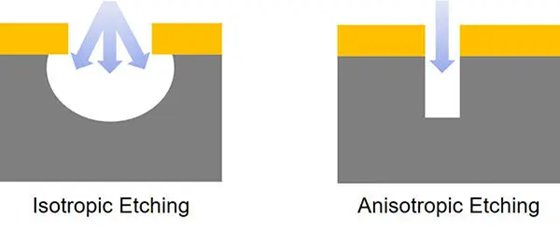
Isotropic Etching
This form of etching removes layers from the material surface in multiple directions. This outcome is not really accurate, and its accuracy could cause undercuts on the layers that are not meant to be removed.
Anisotropic Etching
Anisotropic etching removes material only in one direction and is the preferred choice among machinists. It is a more accurate form of etching and functions in creating circular patterns on the substrate.
Types of Etching Overivew: Dry Etching vs. Wet Etching
Since we’ve clarified the various types of parameters and outcomes involved in etching, we can move to the various types. As we mentioned earlier, there are two major types of etching. However, there are various subtypes under these two. This section will highlight both types, their subtypes, and the advantages and disadvantages of both types.
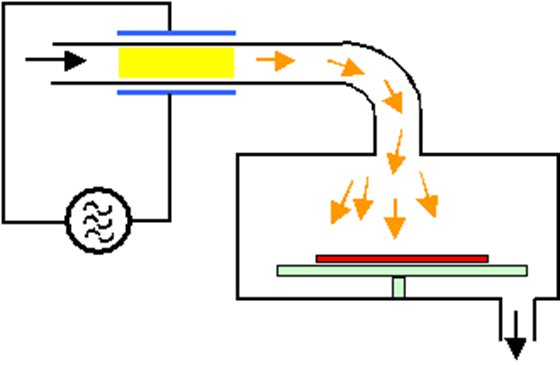
Dry Etching Process
Dry etching is now the commonly used type of etching. This process involves using neutrally-charged, high-energy ions for etching of a substrate’s targeted surface. The process generates these ions using a radiofrequency field to convert reactive gases to plasma. This is where the synonym of plasma etching comes from.
However, it is important to note that there are dry etching techniques that do not use the plasma method.
To make this process work, a continuous gas delivery system must be in place, so the RF field can constantly convert these reactive gases into plasma. Examples of reactive gases used in the process include argon, oxygen, helium, nitrogen, etc.
This process is preferred to the wet etching technique due to the generation of less waste and usage of a lesser amount of chemicals. Also, the process can either be isotropic or anisotropic, affording machinists a higher level of control with the degree of etching.
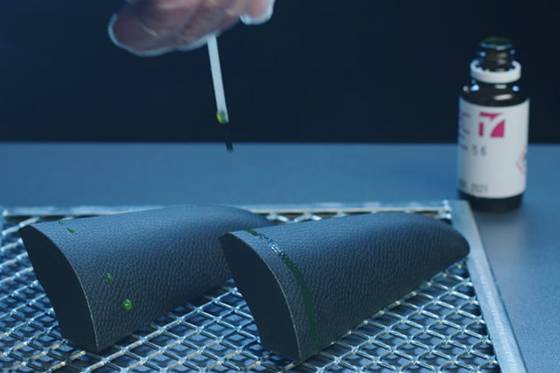
Types of Dry Etching
There are majorly three types of dry etching. They are
1. Reactive Ion Etching (RIE)
This process involves a setup that uses two electrodes, a radio frequency field, and a vacuum container filled with gas. The operator places the substrate/wafer on one of the electrodes in the vacuum filled with the reactive gas meant as an etchant. The two electrodes form an electric field to accelerate the ions towards the substrate. This electric field is responsible for the anisotropic property of this process.
Then, a radio frequency field is applied to break the etchant gas into a neutrally charged plasma beam. This beam attacks the wafer surface and reacts with the material at the substrate surface to form by-products.
2. Splutter Etching/Ion Milling
This process involves using low pressures (10mPa) in a vacuum to direct the gas (which in most cases is Argon) onto the substrate. The gas molecules use their kinetic energy to knock off the grafted molecules on the substrate’s surface. So, this mode utilizes more of a physical aspect to remove the undesired layers.
3. Deep Reactive Ion Etching (DRIE)
This etching technique utilizes the chemical process of RIE, as explained above. However, it also utilizes a physical aspect where the plasma ions could knock out atoms of the material if they have enough kinetic energy.
Advantages and Disadvantages of Dry Etching
| Advantages | Disadvantages |
| Doesn’t use a large number of chemicals. | Some gases used are corrosive. |
| The process is less messy. | The equipment used for this is expensive. |
| It is a more precise etching method. | Specialized equipment requires higher expertise to operate. |
| By-products are easier to dispose of. | |
| Operators can automate the process, reducing operation hazards. |
Wet Etching Process
As the name implies, this process uses liquid solutions as the etching medium. These liquids are usually called etchants. To effect the process, large amounts of these liquids are needed to make a chemical bath.
Some of these liquids are highly corrosive, and this property helps them eat into the substrate. Examples of liquids used include hydrofluoric acid, hydrochloric acids, etc.
To protect the desired layers remain after using the chemical baths, operators use materials resistant to the etchants’ corrosive properties. Examples of these masks include oxides, chromium, gold, etc.
The process is pretty much straightforward. After the masked substrate comes in contact with the liquid, the liquid erodes the undesired layers. After sufficient exposure, only the masked parts of the substrate remain.
This technique’s isotropic property made it lose relevance among etching experts. However, some operators have found ways to make the process somewhat anisotropic.
Types of Wet Etching
The wet etching technique has only two methods of operation. They are:
1. The Dipping Method
This is the common wet etching method that involves a chemical bath. The operator dips the substrate into the chemical bath and waits until the undesired layers are totally off.
2. The Spin-and-Spray Method
This method involves spraying the substrate with the etchant while spinning it and connecting it to an absorption source. However, the spinning of the substrate might not really have an effect as the reaction depends on the atomic arrangement of the exposed substrate part.
Advantages and Disadvantages of Wet Etching
| Advantages | Disadvantages |
| Doesn’t use a large number of chemicals. | Some gases used are corrosive. |
| The process is less messy. | The equipment used for this is expensive. |
| It is a more precise etching method. | Specialized equipment requires higher expertise to operate. |
| By-products are easier to dispose of. | |
| Operators can automate the process, reducing operation hazards. |

What is the Difference Between Dry Etching and Wet Etching?
Although both processes aim to achieve the same result, the method of doing it is different, and the result is also slightly different. In this section, we’ll highlight the differences between these two processes in a chart.
| Dry Etching | Wet Etching |
| This process uses reactive gases for etching. | Wet etching uses liquid components (etchants) for etching. |
| Dry etching is more precise (i.e., smaller or no undercuts) | The wet etching technique has higher selectivity. |
| Can dispose of chemicals used easily. | Disposing of large amounts of liquid chemicals is harder. |
| The process can be easily automated. | The process constantly requires the operator’s input. |
| Dry etching has a higher safety level. | Wet etching could cause operator hazards. Hence, it has a lower safety level. |
Applications of Dry Etching and Wet Etching
Dry etching and wet etching have applications across a few industries, the electronic industry is one of the most prominent. Also, they feature in the machining industry. Many machine shops use these technologies to process logos. Examples of these applications include:
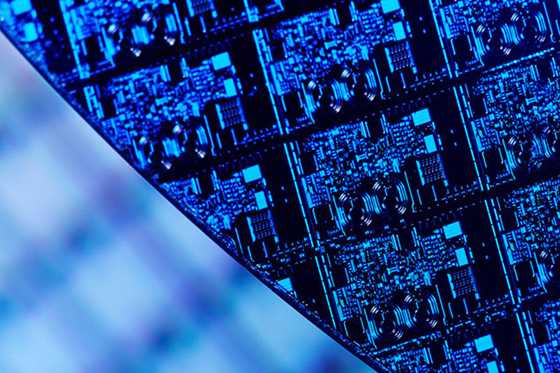
1. Semiconductor Fabrication
The dry etching method (specifically, the reactive ion etching and deep reactive ion etching subtypes) are commonly used to treat semiconducting materials. Etching on semiconductor materials is a process used to engrave some features needed in the electrical devices they’ll be used in.
2. PCB Etching
The wet etching method is similar to the one applied in the printed circuit board (PCB) manufacturing. These boards usually have unwanted copper on them, and the technique is used to get rid of them. While the actual name of the process used is photolithography, it has similar operating characteristics to the wet etching method.
3. Optical Instruments Manufacture
The etching procedure is a technique used to manufacture various optical instruments such as cameras, shutters, apertures, etc.
4. Manufacture of Measuring Instruments
The process is also influential in making measuring instruments like strain gauges, galvanometer mirror frames, electric contacts, and terminals, etc.
Conclusion
Wet and dry etching are two processes that are quite important in electronics manufacturing and are useful in various applications. While both aim to achieve the same result, they are different in their modes of operation and the various chemicals used in the process.
Are you looking for laser marking on your custom machined parts? At WayKen, we can provide you with a variety of etching and engraving services to meet your needs, whether it’s one piece or bulk marking. We also provide various surface finishing and other manufacturing services such as CNC machining, injection molding, and 3D printing.
FAQs
Which etching method is the better choice: dry etching or wet etching?
The dry etching method is better because it is safer and uses fewer chemicals. Also, it is the best choice if you want to create deep etchings in the substrate and require vertical walls. However, the process is expensive and is not advisable to use when you’re on a tight budget.
Which of the two etching processes is more affordable?
The wet etching method is more affordable as its major requirement is a chemical bath.
What is the difference between laser etching and laser engraving?
The difference between both is their operation mode and results. Laser etching melts the surface of the substrate to create raised characters. Laser engraving removes materials off the surface to create deepened characters on the material.

